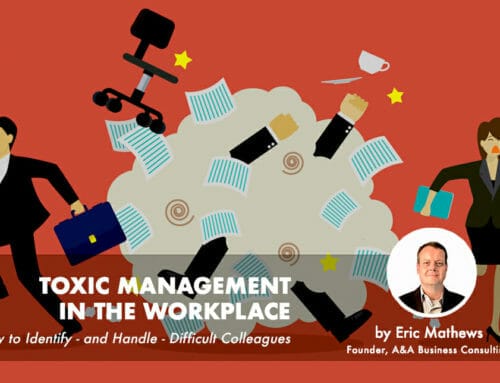These are trying times for companies all across the globe, and most leaders are doing their best to offer empathy and extra space around expectations as employees figure out how to navigate tasks and time management while at home. Adjusted expectations are fair and right during this season, especially considering that many team members are also parenting and unexpectedly homeschooling, sometimes in small spaces with no designated office or workflow. However, when COVID-19 quarantines fade and offices begin to open again, employees who choose to remain at home should be subject to a different set of expectations and a higher standard for remote work.
Many remote team members cite “less distractions” as a perk of working from home. It’s true that tasks may be completed faster without being interrupted by meetings, office politics, or unexpected visits from colleagues. However, the unexpected can pop up just as easily, if not more so, at home, so it’s important for remote workers to provide themselves with the two biggest remote essentials: a space and a schedule. These two pieces to the puzzle must fit if an employee plans to work from home permanently.
A Space and A Schedule
A designated workspace is crucial to effective remote work. This space should function just like an office at work – quiet, organized, and consistently available during work hours. Remote employees will likely be on multiple phone or video calls each day, so finding a space that will accomodate that is essential. Your child’s playroom, for example, is likely a no-go.
Once remote employees establish a space, they should also determine, alongside their boss, when they’re going to be in it. Does your company expect 9-5 working hours? Your employee should be able to commit to those hours at home — otherwise, remote work is not a good option. If your company does offer more fluid hours, that’s fine. Just be sure to set clear expectations for times and hours worked. Without in-person oversight, the rules and goals for remote workers will need to be clearer than ever before.
Avoiding Workaholism; Combating Inactivity
These space and scheduling guidelines may seem strict to some at first glance, but they’re actually in the best interest of both the employee and the company! Workaholism is an easy pitfall when home and office meld together. By setting hours and expectations, productivity should actually go up in their regular working hours so that employees can honor evenings and days off. On the other side of the fence lies negligence. Clear expectations and consistent check-ins will keep remote employees on task and working efficiently. You may want to consider something like the Agile Methodology to help your newly remote team plan and execute objectives. By tracking progress and creating structure, while staying in communication with one another, you’ll be investing in both individuals and results and soon have a team who’s bought in and meeting deadlines.
Daily check-ins between remote employees and their direct reports also have been shown to be beneficial. This could be as simple as a quick morning task overview from the team lead: “Here’s what I need you to do today,” and an after-lunch follow up: “How are those tasks coming along? Anything I can help you with?”
Remote employees should be aware, however, that they are in charge of their own workflow, and they should be able to demonstrate their plan and their progress to their leadership at any time. I’ve seen many remote workers select to simply wait until they’re given a task – this mindset will never work. Employees who work from home must demonstrate their ability to self-motivate and be proactive, since no one will actually be popping into their home office to see how things are going. This is why clear expectations and good communication must be a two-way street! Rather than waiting to be handed work, remote employees may have to ask questions, follow up frequently, and go the extra mile to make sure they’re an integral part of the team and not an “out of sight, out of mind” worker.
If you’re struggling to set clear expectations or establish good lines of communication with your remote employees, this graphic will help you determine how, and how often, to check in with your direct reports. I’ve been studying remote work trends for years, and my team at A&A has helped many get back on track. As the at-home shift continues, we’d love to help you do the same. Give us a call today and see how we can help your team reach peak productivity, even from home.





